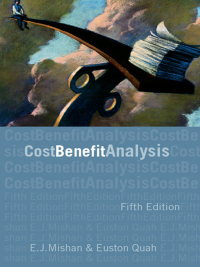Answered step by step
Verified Expert Solution
Question
1 Approved Answer
Question 1 (1 point) Ms. Wong owned two homes from 2016 to 2018. She had purchased Home A in 2011 for $260,000. In 2016, she

Step by Step Solution
There are 3 Steps involved in it
Step: 1

Get Instant Access to Expert-Tailored Solutions
See step-by-step solutions with expert insights and AI powered tools for academic success
Step: 2

Step: 3

Ace Your Homework with AI
Get the answers you need in no time with our AI-driven, step-by-step assistance
Get Started


